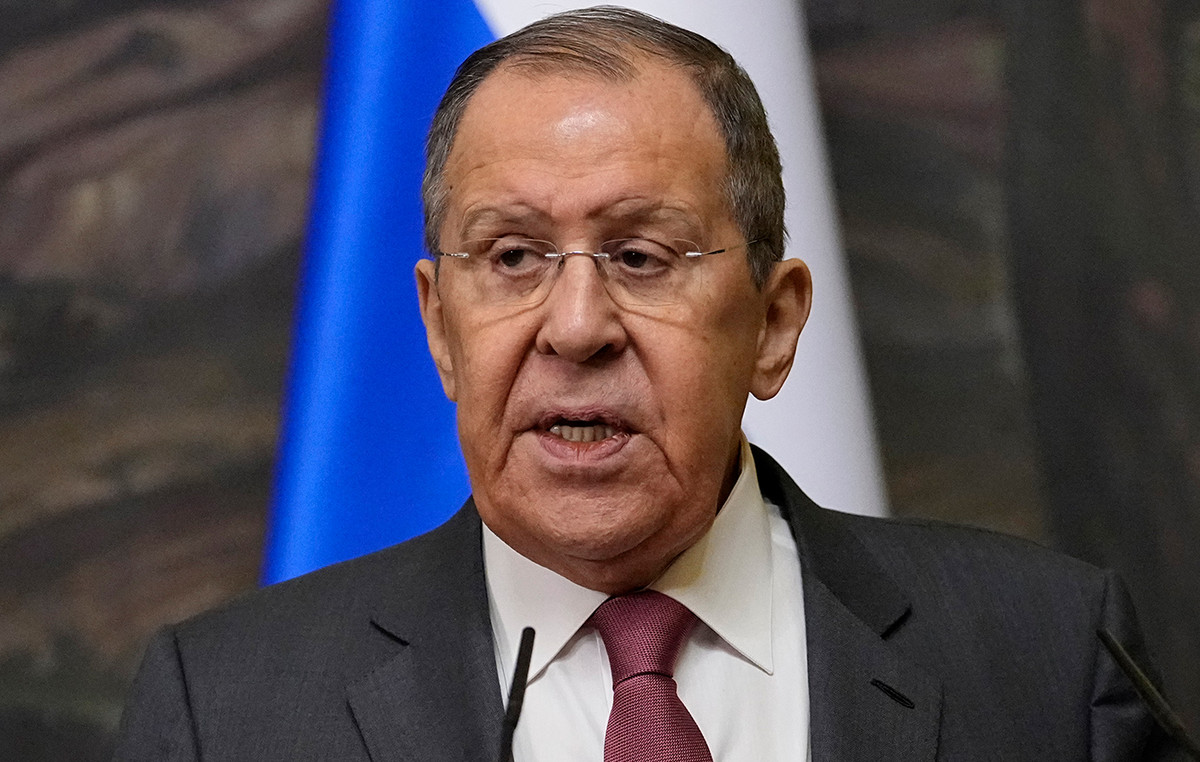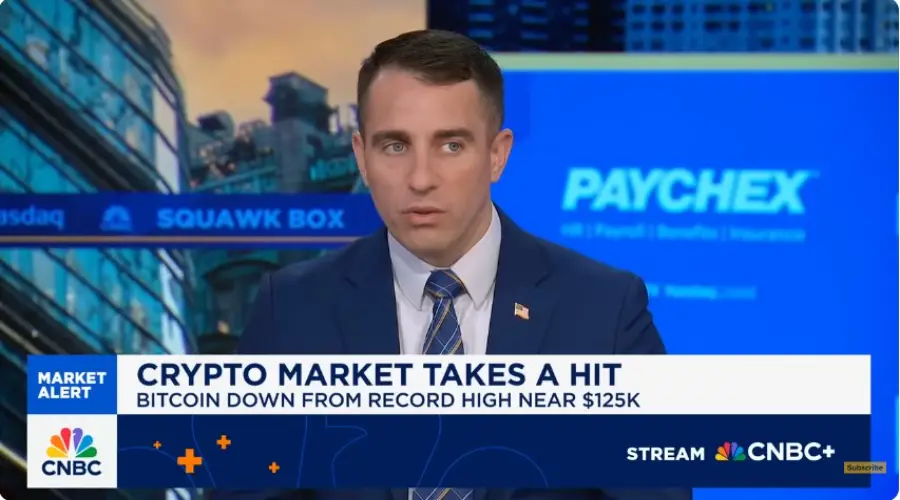The Extended National Consumer Price Index (IPCA) in September presented deflation for the third consecutive month, registering a change of -0.29% in the month, after reductions of 0.68% in July and 0.36% in August.
Despite being less intense than in the previous two months, the price drop was a little more comprehensive in September. This is because the diffusion index was the lowest since August 2020, that is, among the 379 goods that make up the IPCA, there was the lowest number of increases between them in two years.
According to the Brazilian Institute of Geography and Statistics (IBGE), of all the products and services investigated for the composition of the indicator, 234 had an average price increase, 12% less than in August.
According to an analysis by StoneX, it is important to note that the “core” of the IPCA, which removes from the calculation the most volatile components of energy, fuel, food and beverages, increased by 0.46% in September.
When observing the high accumulated in 12 months, while the total IPCA drops in August to 7.2%, its core remains practically unchanged at 10.0%. Already monitored prices, which include fuel and electricity, plummet to -1.7% in 12 months.
StoneX Market Intelligence analyst Leonel Mattos mentioned some groups that were highlighted in the diffusion index. The food and beverage group, one of the most products, with 188 items, 78 had a fall in the month, which corresponds to 41% of the total. In housing, of the 40 items, 15% fell. Of the 41 products in the Household Items group, 56% were cheaper.
In Apparel, which is composed of 42 items, there was a 7% decrease in products. In Transport, which comprises 33 items, 39% had a reduction in value. In Health and Personal Care, 22% of the 46 items were cheaper. “What drew the most attention was the Communication group, where 83% of the 11 items had a price drop in September”, he points out.
Inflation highlights
For Tatiana Nogueira, economist at XP, the diffusion index is still above the historical average, which is just above 50%. As the country faced two years of a pandemic, the index was very high, reaching over 70%, only now can we see these signs of deflation. “What explains this movement are the more punctual falls, as was the case with fuels, telecommunications, with the reflection of the tax cut approved in July, and also the large number of food items that had deflation”, she points out.
The economist also points out that this is also a strong seasonal character, as there was, in the middle of the year, a drop in supply due to less favorable weather conditions. “In general, the analysis is that inflation is settling down, even with prices still high, but already showing signs of decline”, she assesses.
Tatiana highlights in this group the industrialized items, which rose a lot during the pandemic, due to the cost shock due to the drop in global demand for supplies, but also due to a heated demand. “We cannot rule out the decrease in social mobility, impacting the service sector, which is why there was a greater consumption of goods. Now, with greater circulation, people are back to consuming and moving the market again, causing a further drop in values”, concludes the economist.
Source: CNN Brasil
Joe Jameson, a technology journalist with over 2 years of experience, writes for top online news websites. Specializing in the field of technology, Joe provides insights into the latest advancements in the industry. Currently, he contributes to covering the world stock market.







